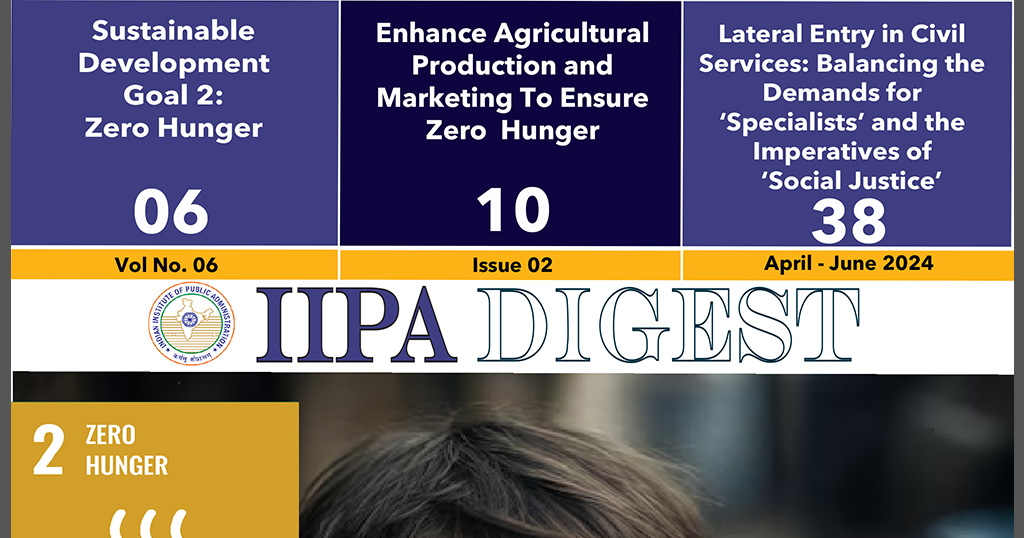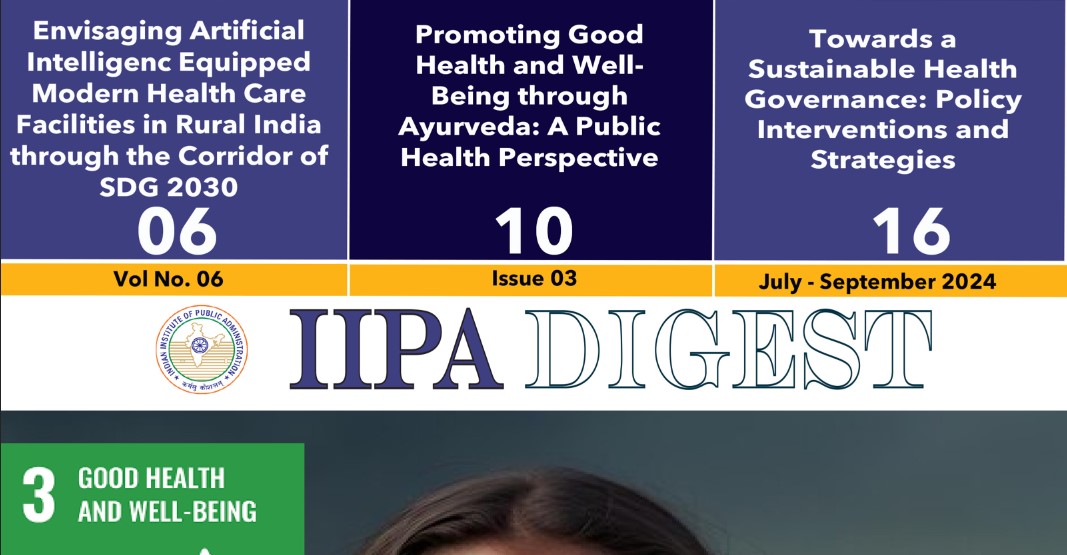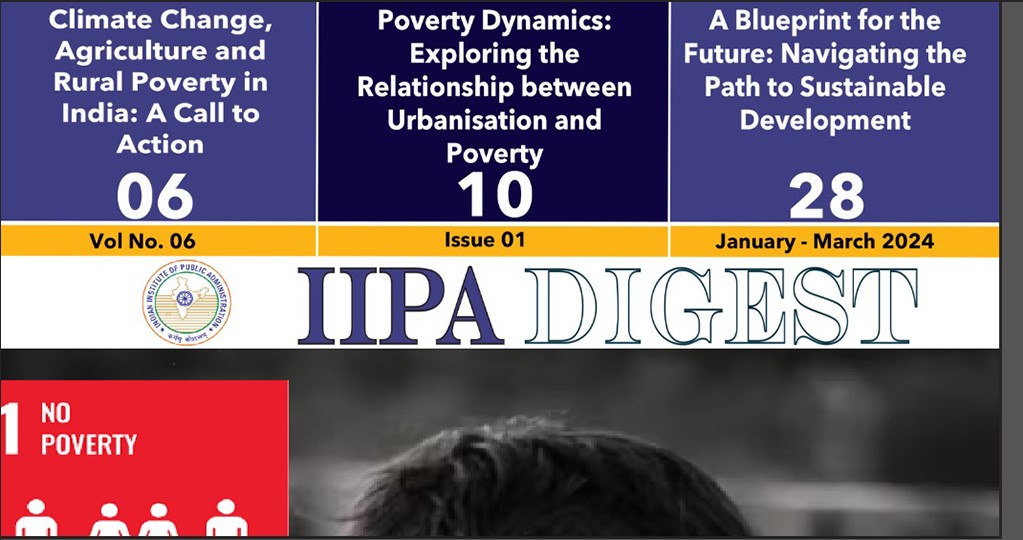Nature-Based Solutions to Support the Ecosystem of Sewri Mangrove
According to Clough (2013), Tomlinson (1986), “Mangrove forests are trees, shrubs and ferns that occupy the inter-tidal areas between land and sea of tropical and subtropical regions.” Because oftheir great capacity to trap carbon dioxide, they rank among the most productive ecosystems and contribute significantly in reducing the amount of carbon dioxide in the atmosphere. Mangroves span around 1,37,760 km throughout the globe, with approximately 3.5% of the total area—4921 km—occupying India. With an area of 304 km2, the Indian state of Maharashtra provides 6.2% of the country's total mangrove cover. Mangroves cover 66 km2 along the Mumbai shoreline.
Sewri mangrove Docket
Sewri, nestled on the eastern shore of Parel Island, originally one of Bombay's seven islands, has transformed with much of its territory now under the auspices of the Bombay Port Trust (BPT). Since 1996, its mangrove swamps have enjoyed protected status, serving as vital ecosystems. These mudflats, rich in algae, annually attract flamingos seeking refuge from harsh winters elsewhere. Particularly, the Lesser Flamingos flock to breed, adding to the area's ecological significance.
The region's commitment to conservation is evident in the establishment of the Mangrove Park, covering 15 acres of mangroves between Sewri and Trombay. Seven mangrove species thrive in this area, contributing to its biodiversity. The Bombay Natural History Society (BNHS) collaborates with BPT, spearheading efforts to replant barren zones within the reserve. Additionally, the joint declaration of the site as an Important Bird Area (IBA) by BNHS and Bird Life International in 2004 underscores its ecological importance.
However, the ecosystem faces imminent threats from urban expansion, exemplified by proposals like the Sewri-Nhava Sheva trans-harbour link. This ambitious project, including a 22-km road-cum-sea bridge, poses significant risks to the delicate balance of the wetlands. Urgent action is imperative to safeguard this invaluable natural habitat amidst the pressures of urban development.
Since 1905, several researchers have been working on mangroves in coastal areas of Mumbai. As per the five-year-long study by the Bombay Natural History Society (BNHS), which was initiated in 2014, has identified 40,000 flamingos and 5 lakh wading birds in the 10km-long and 3km-wide area. Another study conducted in 2004, highlighted that 10 species of mangroves, 13 mangrove-associated species and 53 seed-bearing plant species were available in this area. It is a safe home for flamingos and other birds such as Common Crow, Jungle Crow, Eurasian Curlew, Little Egret, Large Egret, Black-tailed Godwit, Black-headed Gull, Brown-headed Gull, Indian Pond Heron, Indian Reef Heron, Black-headed Ibis, Common Kingfisher, Brahminy Kite, Common Sandpiper, Red Shanks, Green Shanks, Little Stints, Barn Swallow, Gull-billed Terns.
According to historical records of Mumbai, there were various islands in the area in the year 1670. The British, who were in control of the nation, realized how important these islands were for trade. After removing the mangroves, they converted the islands into ‘one continuous landmass’ that became known as "Greater Bombay." Since then, the city's growth and population pressure have grown quickly, and because the location is coastal, the mangroves have faced survival threats. Now only a few mangrove patches remain in the centre of the city. This demonstrates that the megacity of today had a lush mangrove forest in the past. Today, Mumbai's main mangrove areas can be found in the Thane and Vasai creeks, Manori and Malad, Mahim-Bandra, Versova, Sewree, Mumbra-Diva, and a few more locations.
Over the last ten years or so, Mumbai has possibly lost about 40% of its mangroves due to reclamation for slums, housing, sewage treatment, and rubbish dumping. Pollution is also on the rise in coastal regions due to the expansion of industrial sectors and the release of industrial and household sewage.
About twenty of the thirty-five species of real mangroves that are present in India have been identified along the Maharashtra coast and Mumbai is home to fifteen of these species.
Key problems
Mumbai’s Sewri mangrove park is threatened by several factors, including pollution from sewage and industrial waste, urbanization-related encroachment, criminals activities like poaching and deforestation, the consequences of climate change (such as increasing sea levels), invasive species, and a lack of awareness and enforcement.
key threats to the biodiversity are represented below:
• Slum expansion
• Industry pollution (chemicals, oil, grease, pesticides)
• Bird hunting
• Fuelwood obtaining from mangroves
• Flamingo electrocution on high-tension wires
Mitigation plan
A robust mitigation strategy is required to safeguard the 15 acres of mangrove forest situated at mudflats between Sewri and Trombay in Maharashtra. The nature-based solution is the only key to unlocking the Pandora’s box.
Mitigation plans are explained below:
1 Baseline study: Baseline study including GIS mapping is an important part of the project. It helps the team assess biodiversity, habitat distribution, and anthropogenic threats, informing conservation strategies and sustainable management practices for this coastal ecosystem.
2 Plantation: Grass species such as Paspalum sp, Panicum sp, and Paspalidium sp can be planted to support the ecosystem. These grasses will reduce pollution by treating industrial affulents and providing food for caterpillars and others. So, it will help sustain the ecosystem.
3 Mangrove Restoration: Mangroves are the bio-pillars of the ecosystem. These have protected Mumbai city from climate impacts and natural disasters. Mangroves like Avicennia marina, Lumnitzera racemose, Aegialitis rotun-
difolia, E. agallocha etc. can be planted in Sewri Mangrove Park to protect the ecosystem from climate impacts and anthropogenic activity.
4 Alternative Livelihood Generation: Programme Alternative livelihood generation helps locals to sustain their livelihood. In Sewri Mangrove Forest, alternative livelihood projects that support community programme involvement and conservation while generating revenue include ecotourism, sustainable fishery, handmade items made from natural material.
a. Mangrove Safari: Mangrove Safari is an adventurous exploration or other actions carried out in mangrove woods. It might refer to educational programs, field trips, or eco-adventures that highlight the distinctive biodiversity and ecological value of mangrove habitats while raising awareness about conservation issues.
b. Ecotourism: Promoting ecotourism can focus on showcasing the neighboring Dargah and more than 350-year-old Sewri Fort, as well as the mangrove habitat that surrounds them. Guided tours may offer an immersive and ethical travel experience by educating guests about the region’s ecological significance, cultural legacy, and conservation initiatives.
c. Sustainable Fishery: The aquaculture-based livelihood activities can be promoted to increase the daily income of the inhabitants and fisherman community. Oyster farming, mussel farming, fish cage culture (seabass), and ornamental fish culture are popular in the coastal districts of Maharashtra.
d. Handmade items made from natural materials: Beautifully woven baskets, ecologically sound jewelry fashioned from seeds or shells, driftwood-carved ornaments, and handmade fabrics colored with plant extracts are a few examples of handcrafted goods manufactured from natural materials found in Sewri Mangrove Forest. These products promote regional handicrafts and sustainable livelihoods while honoring the distinctive biodiversity of the mangrove ecosystem.
e. Bird-watching area development: To encourage bird-watching with the lowest possible level of disturbance to the ecology, elevated viewing areas with explanatory signs, binocular stations, and guided tours have been created as part of the construction of a bird-watching area in Sewri Mangrove Park. Furthermore, the environment friendly infrastructure and encouraging community participation may improve both the tourism experience and conservation initiatives.
5 Renewable Energy: Implementing renewable energy will add extra value to the ecosystem. The installation of solar streetlights will support the local environment and reduce carbon emissions. Also, distributing solar cookstoves among inhabitants will prevent them from collecting wood from the forest.
6 Mitigating strategy to protect flamingos from electrocution on high-tension wires: In areas such as Sewri, strategies to prevent flamingo electrocution on high-tension wires include rerouting or undergrounding and insulating wires, installing bird diverters, marking wires for visibility, deploying avian protection devices, educating the public, and encouraging cooperation between conservation groups and power companies for efficient mitigation measures.
7 Bioremediation: Avicennia marina is a salt-tolerant mangrove species and a good bio-accumulator of heavy metals. Other tree species such as S. apetala, Heritiera fomes, Aegialitis rotundifolia, Excoecaria agallocha, Avicennia officinalis, Nypa fruiticans are known for playing crucial roles to treat wastewater.
Mangroves can also be used as bio-fencing and natural barrier.
8 IEC activities: IEC activities in Sewri Mangrove Park include informative signage, educationals workshops, guided tours, community outreach, interpretive centers, social media campaigns, and collaborative partnerships to promote environmental awareness and conservation efforts
9 Community Engagement: Mangroves are the bio-pillars of the ecosystem, and these have protected Mumbai city from climate impacts and natural disasters. Mangroves like Avicennia marina, Lumnitzera racemose, Aegialitis rotundifolia, E. agallocha etc, can be planted in Sewri Mangrove Park to protect the ecosystem from climate impacts and anthropogenic activity.
Leave a comment
More articles from Environment & Climate Change









